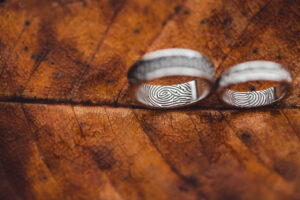History and Future of the Hearing Aid

Hearing aid technology has advanced significantly in recent decades, but at their core, hearing aids have always included four essential components: a microphone, a processor, a receiver, and a power source. The microphone detects sounds in your environment and sends them to the processor. The processor improves the signal and sends it to the receiver, which sends the amplified signal to the ear canal. The system is powered by a power source, also known as the battery.
The history of the hearing aid
Hearing loss and, by extension, hearing aids have been a part of history for many years. People have always experienced hearing loss over the years. This hasn’t changed, but the way we approach hearing loss and the technology used in creating hearing aids such as microfabrication have altered the landscape dramatically when it comes to devices people can use each day to improve their hearing quality.
- In the 13th century, right through to the 19th century, hollowed-out animal horns were the tool of choice for those wishing to hear better and are often thought to be the more primitive hearing. In the 18th century, the trumpet or horn style shape was invented. Rather than amplify the sound instead, it was funneled into a smaller space.
- Moving into the 20th century, the first electronic hearing aids were created and revolutionized the care involved in treating hearing loss for a wide range of conditions. This breakthrough was mainly in conjunction with the telephone as people found they could hear better via the receiver of a phone than in person. Combined with electricity, this created the perfect storm for the beginnings of the hearing aids we know today.
- Vacuum tube technology was introduced to hearing aids to increase the sound levels they could have from the 1920s. Over time, the hearing aid and vacuum tube size shrank as designs were constantly assessed and evolved.
The future of hearing aids
Fast forward to 2005. Digital hearing aids allow for a more personalized hearing experience and are customizable, allowing the wearer to experience a custom fit and hearing quality to enhance their life.
Further utilization of hearing aid technology such as microfabrication will continue to change what we think of the humble hearing aid and allow for smaller devices with greater capacity for fine-tuning and extended battery life, all in micro or nano sizings.
This can only be a good thing as the more discreet the hearing aid, the more comfortable the wearer will be in having a hearing aid fitted.
The FDA recently approved the use of hearing aids that replace traditional digital and analog sound-transmission technology with a smaller, more efficient system that transmits sound vibrations to the ear using precise laser light beams. More speculative designs include hearing aids powered entirely by sunlight in a process similar to that of plant leaves and biotechnological implants that can be updated through the skin and draw energy from the movements of nearby facial muscles.
When it comes to the future of hearing, what we can expect is that technological advances will dictate the direction of what is possible, and this can only be a good thing for those suffering from any form of hearing loss.







